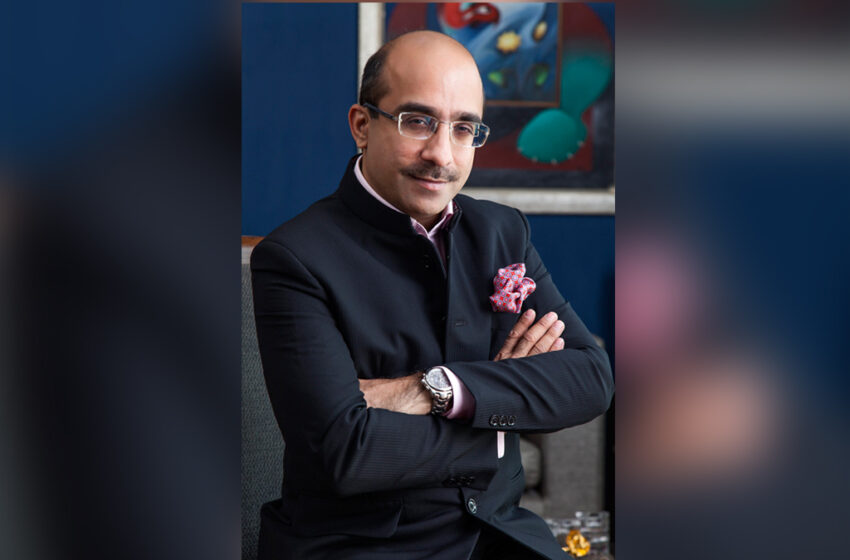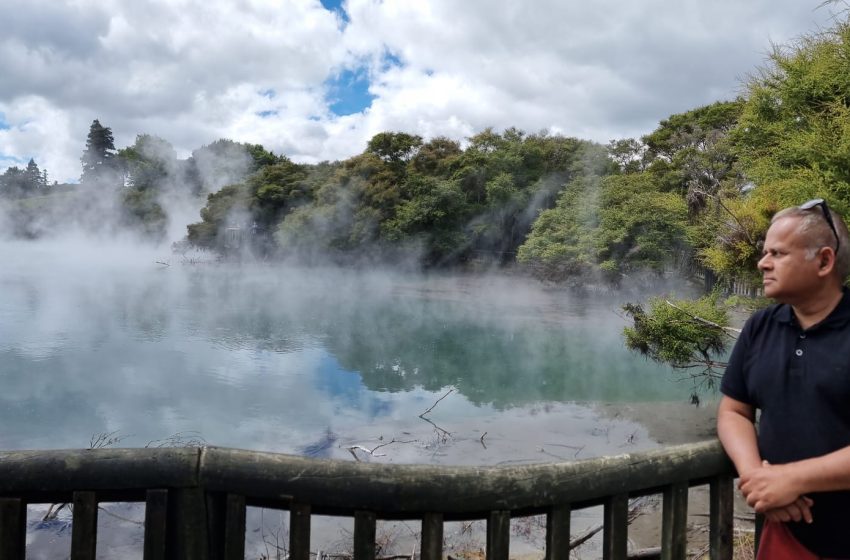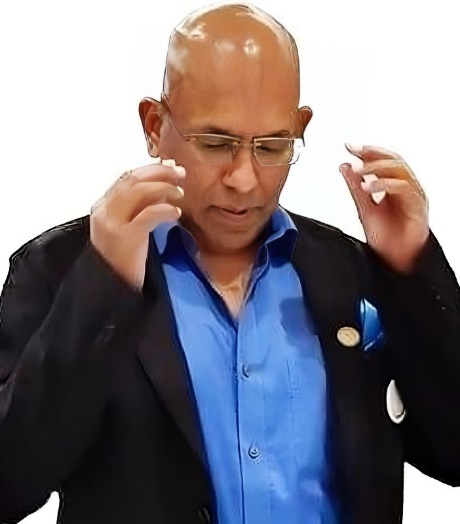By Dr. Nimit Chowdhary, Professor, Tourism Faculty of Management Studies, Jamia Millia Islamia.
In the expansive canvas of tourism, a significant portion of the conversation occurs in the hidden realm known as dark social. This covert exchange, characterized by sharing content through private channels, is pivotal in reshaping tourism destination marketing. This essay explores the concealed facets of dark social and its radiant impact on the charm and allure of Indian tourist hotspots.
Authentic travel tales
Dark Social, as a resource for Indian tourism marketers, holds transformative potential- it helps friends share real travel stories. Picture this: Your friend sends you a message excitedly describing the chaos of Varanasi or the calm of Kerala’s backwaters. This sharing not only grabs your attention but also builds trust. Dark social is like a secret passageway, where genuine recommendations create a ripple effect as friends swap their unique travel tales.
Take Rahul, a travel enthusiast who found a unique homestay in Himachal Pradesh. Instead of shouting about it on social media, he shared the details only with friends planning mountain getaways. The result? The homestay got more bookings as Rahul’s friends trusted his recommendation.
In this hidden space, dark social turns into a virtual gathering spot where travellers swap insider tips, off-the-beaten-path adventures, and personal stories about Indian destinations. For tourism folks in India, understanding and using these personal stories can unlock the real charm of a place. It’s not just marketing; it’s friends telling friends about the best places to explore.
Exclusive deals in shadow
Dark Social isn’t just for sharing travel tips; it’s also a secret place for exclusive deals. Imagine getting a private message from a friend with a special discount code for a fancy spa in the Himalayas or a package deal to explore Delhi’s historic wonders. This feeling of being in a special group not only makes the offer more exciting but also creates a bond among those who know about it.
Let’s look at Shalini, a passionate traveller. She found a private group on a messaging app where people shared exclusive deals for spiritual journeys to Varanasi and Rishikesh. Shalini got special rates for tours and places to stay near sacred sites through this secret channel. Feeling like part of a special group with insider info made her spiritual adventures even more meaningful.
Craftung adventures: planning and shared ownership
When friends plan trips to cool places like the Taj Mahal or Jaipur’s palaces, they often use private messages to talk about what to do. They share ideas, make plans, and recommend fun things to do. It’s like a team effort, making the trip even more exciting.
Imagine a group of friends going on a road trip to the Golden Triangle. They make a shared document instead of telling everyone their plans on a public website. They use private messages to talk about the details and make the trip awesome together. It’s not just planning; it’s like everyone owns a piece of the adventure.
Candid chats and honest feedback
Dark social isn’t just for chatting; it’s also where people share what they think about hotels, places, and services. Travellers often talk directly with friends about their experiences. This kind of honest feedback can really sway the decisions of friends and family who trust each other.
Think about Ravi, who stayed at a heritage hotel in Rajasthan. Instead of telling everyone on the internet about it, he shared his experience with his close travel buddies. Ravi didn’t just give it a star rating; he shared the details, giving a more detailed view. This kind of feedback between friends has the power to shape what others think and help them make better travel choices.
Lifelines in crisis
Dark social isn’t just for fun; it’s also a big help during travel crises. If something unexpected happens, like bad weather or a sudden event, travellers use private messages to update each other, share safety tips, and ask for advice. It’s like a secret chat that becomes a lifeline, letting travellers connect and support each other.
Imagine a group of friends stuck in a sudden monsoon in Goa. They used private messages to figure out what to do, share needed things, and comfort each other until the weather improved.
Making most of the shadows
People in the tourism business need to learn how to use dark social, a kind of secret space on the internet. To do this, they need to be smart and considerate of people’s privacy. They should encourage content that people want to share, create extraordinary experiences that everyone talks about, and build a friendly community among travellers.
Even though dark social isn’t visible in regular reports, it has a big impact on how people learn about and choose travel destinations in India. It’s like a special place where real connections, personal recommendations, and special experiences come together to tell the story of travelling in this amazing country. By understanding and using this secret side of the internet, the tourism industry in India can make the most of genuine word-of-mouth magic that happens quietly in our online chats. Remember, the most captivating travel tales are whispered, not shouted, as they weave through the secret conversations of friends.
About the Author
Dr Nimit Chowdhary is a Professor at the Department of Tourism and Hospitality Management at Jamia Millia Islamia. He has more than 29 years of academic experience, of which he has been a full professor for 16 years in India, China, and Mexico. In addition, he was a visiting faculty at Gotland University (Sweden), the University of Girona (Spain), IIM Sirmaur, IIQM, and EDII. He is a recipient of many academic awards and recognitions. He has authored 20 books and more than 200 academic papers and chapters. He has travelled extensively to around 40 countries and almost all states within the country.






